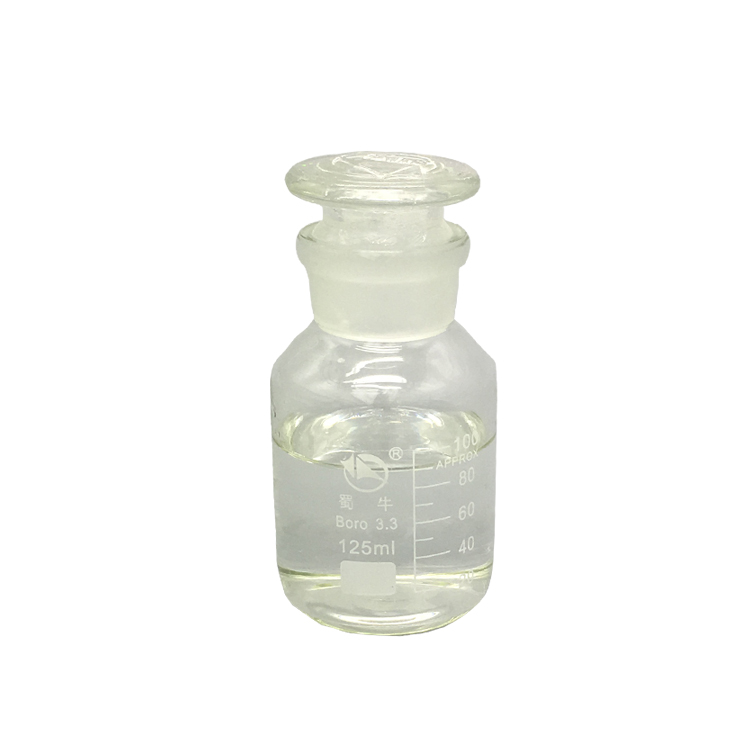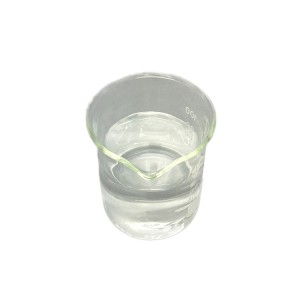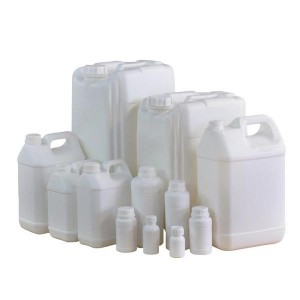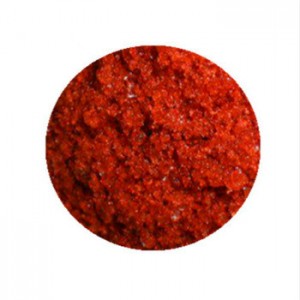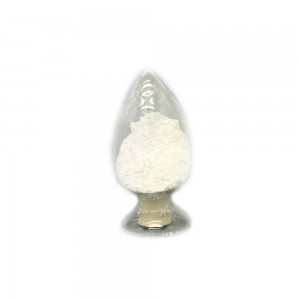Manufacturer of Linoleic acid CAS 60-33-3 with good price and purity
Linoleic acid is unsaturated omega-6 fatty acid usually found in corn, safflower, and sunflower oils. As it cannot be synthesized in vivo and has a defined metabolic significance, Linoleic acid is accepted as an essentical nutrient. Linolenic acid gives rise to arachidonic acid, which is the major precursor of a series of bioactive metabolites called eicosanoids, which regulate physiological processes in large scale such as prostaglandins, thromboxane A2, prostacyclin I2, leukotriene B4 and anandamide providing the body anti-inflammatory, moisturizing and healing support.
Linoleic acid
CAS 60-33-3
Melting point -5 °C
Boiling point 229-230 °C16 mm Hg(lit.)
density 0.902 g/mL at 25 °C(lit.)
FEMA 3380 | 9,12-OCTADECADIENOIC ACID (48%) AND 9,12,15-OCTADECATRIENOIC ACID (52%)
storage temp. 2-8°C
form Colorless liquid
Linoleic acid CAS 60-33-3
|
Appearance |
Colorless or sight yellow liquid |
|
Boiling Point |
229-230℃ |
|
Contant |
98.0%(GC) |
|
Packing |
1kg/bottle |
Linoleic acid (vitamin F) is also known as omega-6. An emulsifier, it is also cleansing, emollient, and skin conditioning. Some formulations incorporate it as a surfactant. Linoleic acid prevents dryness and roughness. A deficiency of linoleic acid in the skin is associated with symptoms similar to those characterizing eczema, psoriasis, and a generally poor skin condition. In numerous laboratory studies where a linoleic acid deficiency was induced, a topical application of linoleic acid in its free or esterified form quickly reversed this condition. In addition, there is some evidence in laboratory tests that linoleic acid may inhibit melanin production by decreasing tyrosinase activity and suppressing melanin polymer formation within melanosomes. Linoleic acid is an essential fatty acid found in a variety of plant oils, including soybean and sunflower.
Sample
Available
Package
1kg per bottle, 25kg per drum, or as you required.
Storage
Store the container tightly closed in a dry, cool and well-ventilated place.
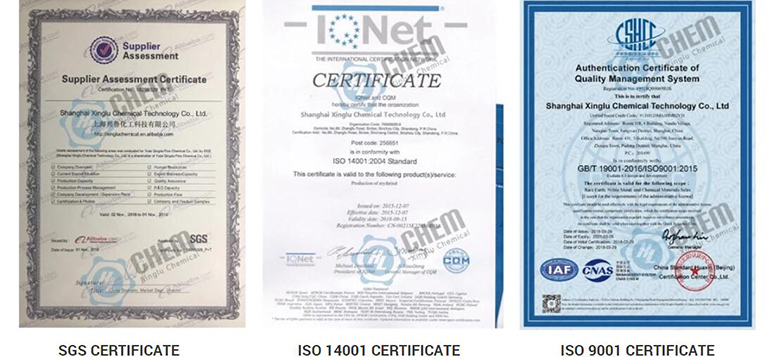
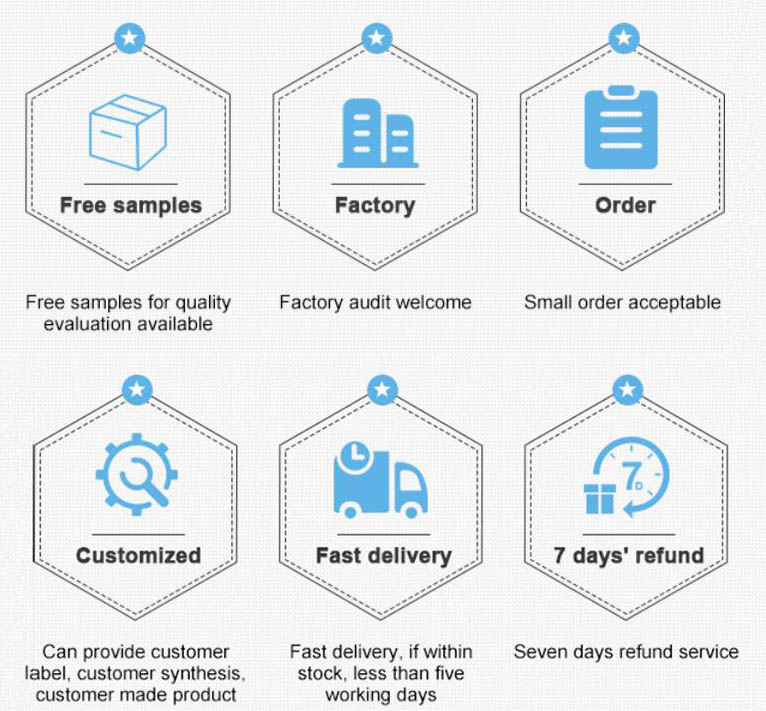
Product recommendation
- English
- French
- German
- Portuguese
- Spanish
- Russian
- Japanese
- Korean
- Arabic
- Irish
- Greek
- Turkish
- Italian
- Danish
- Romanian
- Indonesian
- Czech
- Afrikaans
- Swedish
- Polish
- Basque
- Catalan
- Esperanto
- Hindi
- Lao
- Albanian
- Amharic
- Armenian
- Azerbaijani
- Belarusian
- Bengali
- Bosnian
- Bulgarian
- Cebuano
- Chichewa
- Corsican
- Croatian
- Dutch
- Estonian
- Filipino
- Finnish
- Frisian
- Galician
- Georgian
- Gujarati
- Haitian
- Hausa
- Hawaiian
- Hebrew
- Hmong
- Hungarian
- Icelandic
- Igbo
- Javanese
- Kannada
- Kazakh
- Khmer
- Kurdish
- Kyrgyz
- Latin
- Latvian
- Lithuanian
- Luxembou..
- Macedonian
- Malagasy
- Malay
- Malayalam
- Maltese
- Maori
- Marathi
- Mongolian
- Burmese
- Nepali
- Norwegian
- Pashto
- Persian
- Punjabi
- Serbian
- Sesotho
- Sinhala
- Slovak
- Slovenian
- Somali
- Samoan
- Scots Gaelic
- Shona
- Sindhi
- Sundanese
- Swahili
- Tajik
- Tamil
- Telugu
- Thai
- Ukrainian
- Urdu
- Uzbek
- Vietnamese
- Welsh
- Xhosa
- Yiddish
- Yoruba
- Zulu
- Kinyarwanda
- Tatar
- Oriya
- Turkmen
- Uyghur

